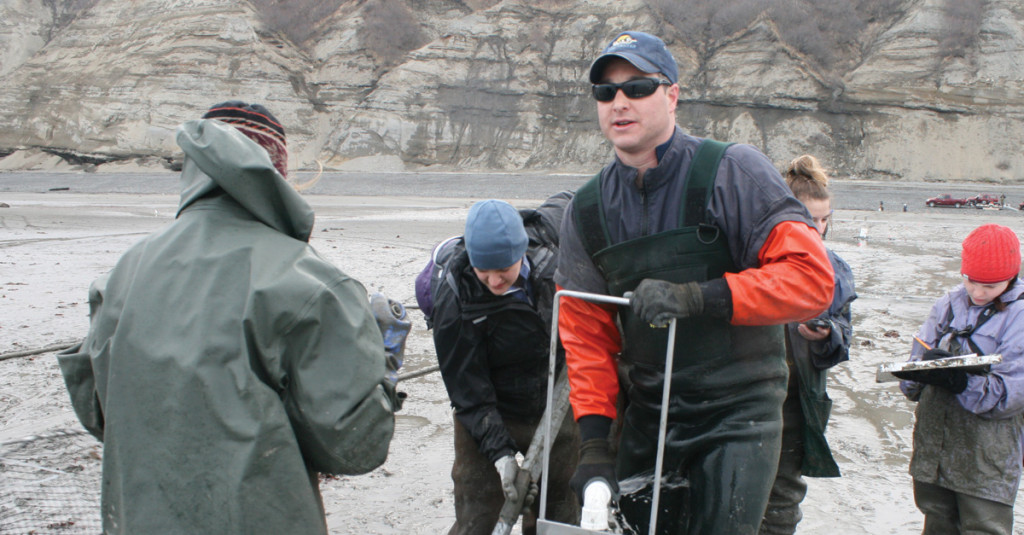By Brad Harris, Professor of Marine Biology
In late February, I spent three days in Honolulu, Hawaii at the National Science and Statistical Committee meeting discussing ways of incorporating information about climate and ecosystem change into the processes we use to manage the nation’s fisheries. I attended the meeting with Farron Wallace, Chair of the Scientific and Statistical Committee (SSC) and a scientist at the National Oceanic and Atmospheric Administration (NOAA), Dr. Steve Martell (International Pacific Halibut Commission), Dr. Anne Hollowed (NOAA) and Dave Witherell (North Pacific Council Deputy Director).
My particular area of focus was on how fish habitat information could be used to improve our assessments of fish population dynamics and how fishing activities and changing climate conditions are likely to impact fish habitats.
A bit of background…. Fisheries in our federal waters (generally from 3 to 200 nautical miles offshore) are managed by eight Regional Fisheries Management Councils. These include: the New England; Mid-Atlantic; South Atlantic; Caribbean; Gulf of Mexico; Pacific; Western Pacific; and North Pacific Councils. I serve on the North Pacific Council’s SSC. Each SSC is composed of leading scientists in the fields of: biology; fisheries stock assessment; economics; statistics; and social science. The North Pacific Council SSC has 15 members, all of whom serve one-year terms and are reappointed or replaced by the Council each December. The SSC advises the Council on scientific and technical matters and, most importantly, reviews and recommends Acceptable Biological Catch levels for all managed fish stocks.

